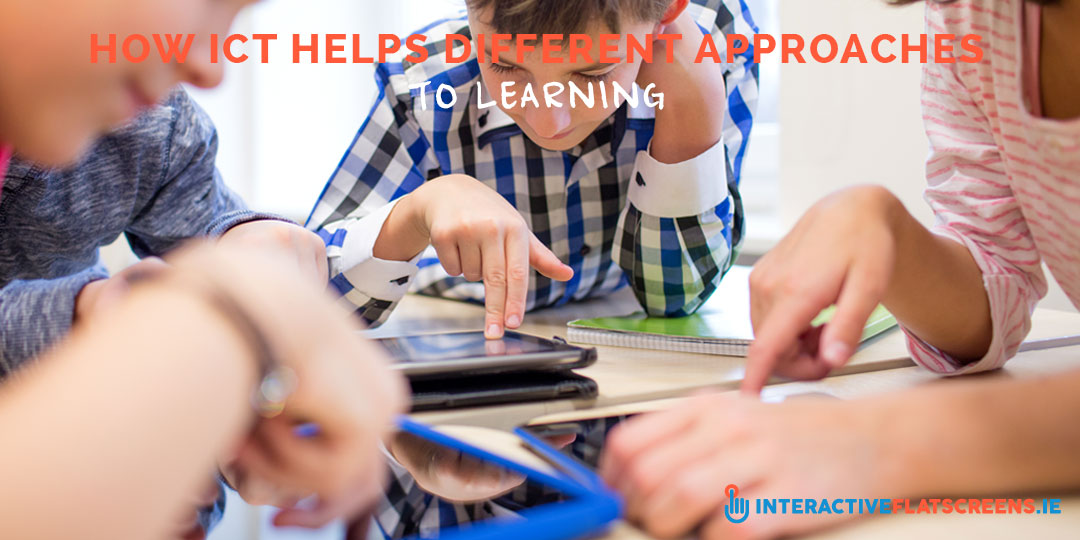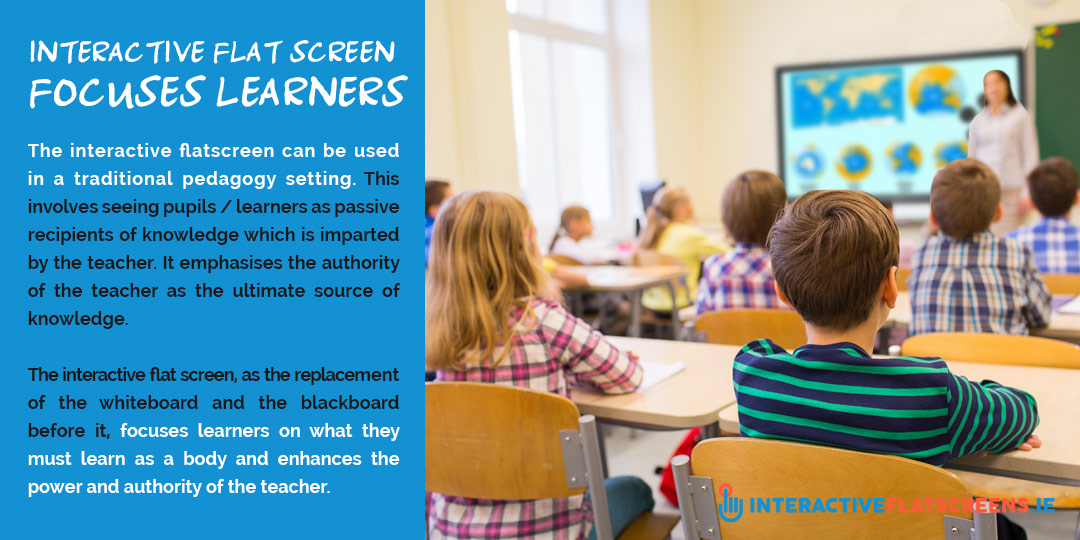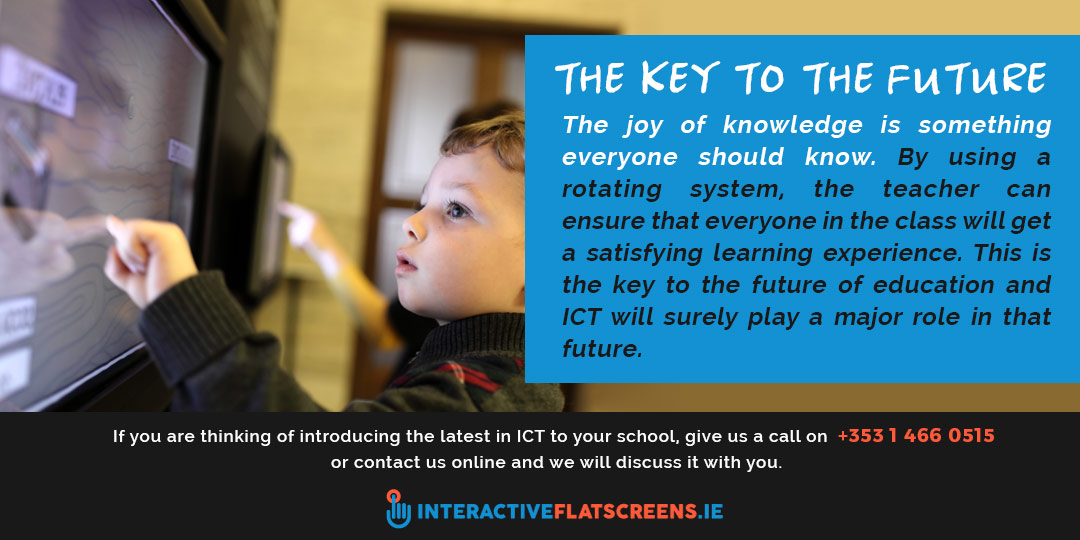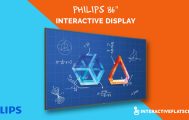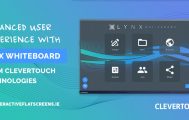How ICT Helps Different Approaches to Learning
- Aug 13, 2018
- By Interactive Flat Screens
- In Interactive Flat Screens
- 0 Comments
ICT Has A Major Role to Play in Today’s Classroom
Learning is a beautiful, joyful thing. There are many different models and approaches to learning and none of them are completely, exclusively right. This is part of the joy of learning: there are many ways to do it. It is as true in the classroom as it is anywhere else. Many teachers use a ‘rotating’ approach to learning which basically means allowing learning to happen in different ways and not letting one approach dominate. ICT has a major role to play in today’s classroom. As we shall see, it can be used effectively to aid different types of learning.
So, what are these models and how does ICT fit in?
The truth is there are too many to write about here so we will concentrate on just five very general approaches: traditional pedagogy, constructivism, learning as play, differentiated learning and self-directed learning.
The Interactive Flat Screen Focuses Learners
The interactive flatscreen can be used in a traditional pedagogy setting. This involves seeing pupils / learners as passive recipients of knowledge which is imparted by the teacher. It emphasises the authority of the teacher as the ultimate source of knowledge. Pupils are not seen as individuals but as a body. The interactive flat screen, as the replacement of the whiteboard and the blackboard before it, focuses learners on what they must learn as a body and enhances the power and authority of the teacher.
A More Learner Centered Approach – Constructivism
This involves creating knowledge out of the encounter between what the learner already knows and fresh input. In this way, the student makes sense out of what they must learn. It is a more learner centred approach. ICT facilitates constructivism by allowing pupils to work at their own pace which gives them time to construct knowledge. Tablets and iPads (and BYOD) are the technologies used to aid this process.
Learning As Play
The more fun a pupil has when learning, the more he/she will remember the lesson. Learning as play involves all sorts of activities including group challenges such as quizzes and plays and individual pursuits such as interactive games, all of which can be done on a tablet or iPad. In this way, ICT facilitates learning as play.
Differentiated Leaning and Flexibility
This approach gives the individual pupil the flexibility to work at their own pace. It is similar to personalised learning. The approach involves treating pupils as individuals and not the body of passive recipients that traditional pedagogy conceives them as. ICT aids differentiated learning by making lessons fast and easy which frees up the teacher to spend more time with pupils on a one to one basis.
Self Directed Learning
This enlightened, optimistic approach puts learning in the hands of the learner. It assumes that the student can take on the responsibility for their own learning. It is suitable for adult learners but also can be applied to secondary level education. Tablets and iPads aid self-directed learning by giving the learner instant access to the web as well as a vast number of learning apps. These devices empower the learner so that they can confidently pursue their own learning.
ICT – The Key to the Future
The joy of knowledge is something everyone should know. By using a rotating system, the teacher can ensure that everyone in the class will get a satisfying learning experience. This is the key to the future of education and ICT will surely play a major role in that future. If you are thinking of introducing the latest in ICT to your school, give us a call on +353 1 466 0515 or contact us online and we will discuss it with you.
Interactive Flat Screens
Recent Posts
-
5 Advantages to Using CleverLive Digital Signage in Schools
December 12, 2023 -
Philips 86″ Interactive Display
December 14, 2022 -
Enhanced User Experience with Lynx Whiteboard from Clevertouch Technologies
November 4, 2022 -
Sensational New Impact Max from Clevertouch
September 21, 2022 -
Education Buildings Exhibition Ireland 2022
August 31, 2022
Get A Call Back
Why Select Clevertouch?
- CLEVERTOUCH are Interactive Touchscreen Displays for Education. Clevertouch Interactive Touchscreens are changing the way we educate our pupils a durable alternative to interactive Whiteboards and Projector solutions.
- CLEVERTOUCH offers innovative features such as (optional) built in PCs and a built in App store that is focused on education.
- CLEVERTOUCH offers a FIVE YEAR WARRANTY on its screens.
- CLEVERTOUCH comes with a variety of education Softwares (Cleverlynx, Displaynote, Snowflake, Clevermaths and Clevernote). All Sofwares are easy to use and are child and teacher friendly!
- CLEVERTOUCH is very competitive in price.
